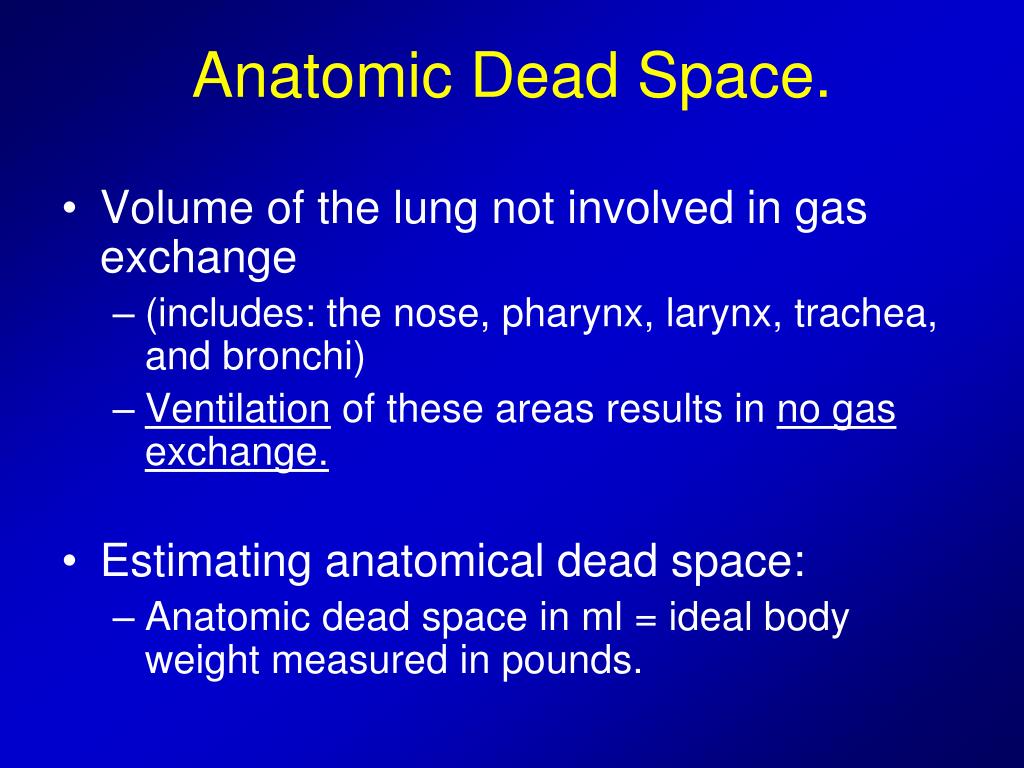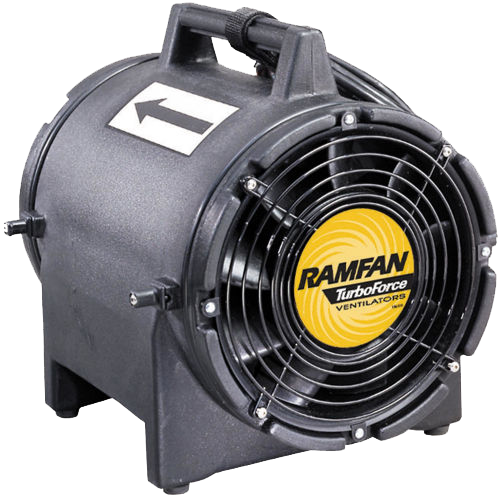



Adding positive end-expiratory pressure (PEEP) maintains a pressure in the alveolus throughout the ventilation cycle (and stents open the alveolus, thereby providing more surface area for oxygen absorption).Ī normal minute ventilation involves a minute ventilation between 5 and 8 L. An additional method is to increase the barometric pressure (ie, in a hyperbaric chamber or by rapidly descending from high altitude). Therapeutically, the main method of boosting oxygenation is increasing the inspired oxygen concentration (FiO2). Breathing faster and deeper, we increase the alveolar oxygen tension by decreasing the partial pressure of CO2. As defined by the alveolar gas equation, increasing ventilation rate is our body’s only innate mechanism to acutely increase oxygenation. Minute ventilation can double with light exercise, and it can exceed 40 Lpm with heavy exercise. Tidal volumes of 500 to 600 mL at 12–14 breaths per minute yield minute ventilations between 6.0 and 8.4 L, for example. Normal minute ventilation is between 5 and 8 L per minute (Lpm). Managing Stress In Crisis Critical to Performing Emergency Airway Management TechniquesĮxplore This Issue ACEP Now: Vol 34 – No 01– January 2015.Routine Oxygen Therapy Unnecessary with Suspected Heart Attack.


 0 kommentar(er)
0 kommentar(er)
